Jennifer Leman
Science Writing Intern, Fall 2018
Jennifer Leman was the fall 2018 science writing intern at Science News.

Trustworthy journalism comes at a price.
Scientists and journalists share a core belief in questioning, observing and verifying to reach the truth. Science News reports on crucial research and discovery across science disciplines. We need your financial support to make it happen – every contribution makes a difference.
All Stories by Jennifer Leman
-
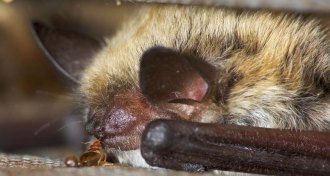 Life
LifeBloodthirsty bedbugs have feasted on prey for 100 million years
Research sheds light on the evolutionary history of the bloodsucking bedbugs. The first species evolved at least as early as the Cretaceous, scientists say.
-
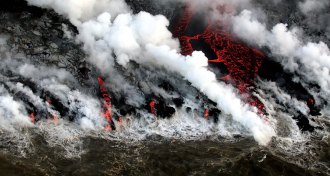 Earth
EarthFive explosive things the 2018 eruption taught us about Kilauea
Kilauea’s 2018 eruption allowed volcanologists a clear window into the processes that have shaped and influenced the world’s most watched volcano.
-
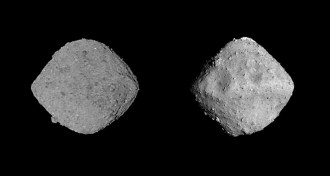 Astronomy
AstronomyBennu and Ryugu look like spinning tops and scientists want to know why
The first high-resolution images of Bennu confirm that the asteroid looks very similar to the asteroid Ryugu.
-
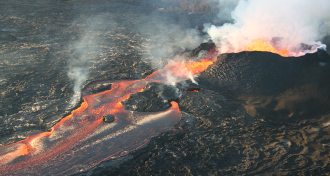 Earth
EarthHere’s what was surprising about Kilauea’s 3-month-long eruption
Researchers revealed new insight into the Hawaiian volcano’s most recent eruption.
-
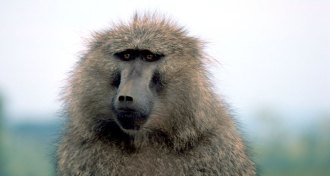 Health & Medicine
Health & MedicineBaboons survive 6 months after getting a pig heart transplant
A team of German scientists used new methods to successfully transplant genetically modified and fully functioning pig hearts into baboons.
-
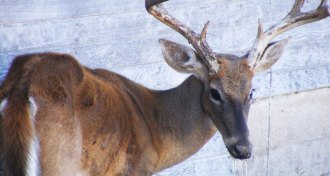 Environment
EnvironmentAn acid found in soil may make a disease killing deer less infectious
An incurable neurodegenerative disease crippling North American deer, elk and moose may be thwarted by an organic soil compound.
-
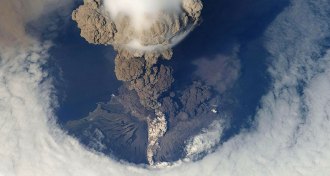 Earth
EarthA new algorithm could help protect planes from damaging volcanic ash
A computer program that tracks the temperature and height of clouds in the atmosphere could keep planes away from volcanic ash.
-
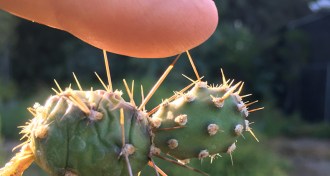 Plants
PlantsCactus spine shapes determine how they stab victims
The shapes of cactus spines influence how they poke passersby.
-
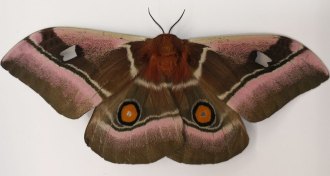 Animals
AnimalsSound-absorbent wings and fur help some moths evade bats
Tiny ultrathin scales on some moth wings absorb sound waves sent out by bats on the hunt.
-
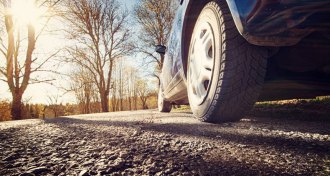 Environment
EnvironmentCar tires and brake pads produce harmful microplastics
Scientists surveyed tiny airborne plastics near German highways and found that bits of tires, brake pads and asphalt make up most of the particles.
-
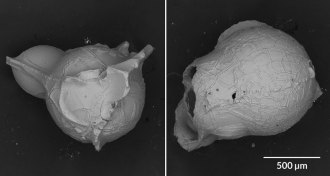 Earth
EarthThese tiny, crackly bubbles are a new type of volcanic ash
Scientists have identified a new type of volcanic ash made up of millimeter-long spheres with a crackled surface.
-
 Astronomy
AstronomyHubble has been busy since coming back online
Since getting back to work on October 26, the Hubble Space Telescope has been studying red dwarf flares, among other celestial objects.